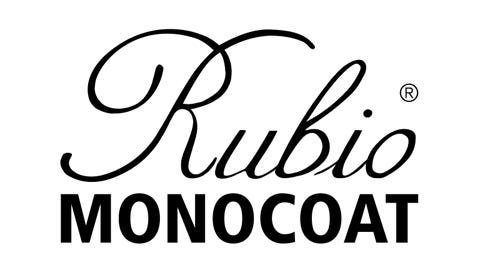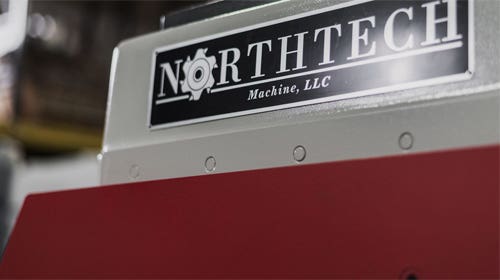Study finds confusion about insurance
Craft Emergency Relief Fund report suggests too few craft artists are insured, many unaware of what coverage is needed {loadposition position10} CERF, the Craft Emergency Relief Fund, whose mission is…
Craft Emergency Relief Fund report suggests too few craft artists are insured, many unaware of what coverage is needed
{loadposition position10}
CERF, the Craft Emergency Relief Fund, whose mission is to support the careers of craft artists through career-strengthening programs, emergency relief support, advocacy and research, recently completed its ongoing business insurance survey called "Insuring Creativity."
The study indicates that a large percentage of artists who work in their homes, structures attached to their homes, or buildings on the same property as their homes mistakenly believe that their homeowner's insurance provides a measure of protection for their businesses.
"Follow-up questions indicate that only 5 percent of those artists have taken steps to ensure that their business property is covered by their homeowners' insurance policy. "Business property refers to tools, supplies, inventory and other business assets other than a building," says Craig Nutt, director of programs for CERF.
The purpose of the study was to better understand the current practices of craft artists relating to how or whether they protect their businesses against property loss and liability, says Nutt. It began with surveying furniture makers from The Furniture Society, but eventually included artisans from other craft media. With the help of participating craft groups, he and other CERF members gathered data to help determine business risks and insurance needs for future inquiries.
The six national craft organizations surveyed include the National Council on Education for the Ceramic Arts; Glass Art Society; The Furniture Society; Society of North American Goldsmiths; Artist Blacksmith's Association of North America; and the Surface Design Association. Members of these organizations were contacted by e-mail with a request to participate if they currently derived income from the sale of their work or planned to earn income in the near future. A total of 2,921 craft artists responded to the survey.
Another issue that emerged from the results was that craft artisans are having a hard time getting insurance companies to give them quotes. There was also a wide variation of the amounts those who did have insurance were paying for their premiums.
Nutt implies there is a cottage business stigma among adjusters working the field. Part of that is because craft operations are pretty small and there's not a lot of incentive for insurance agencies to look at them.
"We found the problems were a combination of people not getting quotes back or getting discouraged," says Nutt. "Then we started talking with agents and people that represented underwriters and they were asking us questions we couldn't answer, like 'What does a typical craft business look like?' and 'Where do the artisans work? Out of their homes or in other structures?'
"One of the things we asked was if people got a rider or endorsement on their homeowner's policy to cover their business. All of the insurance people said if they don't have a rider, they're not covered."
The results of the survey note that the lack of adequate business insurance represents a career-threatening financial vulnerability to craft artists who are affected by emergencies such as fire, theft and natural disasters. Nutt says CERF is now focused on the need to better inform artists of the risks they face, the role of business insurance in mitigating those risks and how to evaluate and purchase business insurance.
"The bottom line is that it was shocking to see how few people are insured," adds Nutt.
The CERF Web site has links to insurance resources for woodworkers, including the American Craft Council and the American Association of Woodturners. Nutt suggests visiting the site and getting a quote.
Contact: CERF, P.O. Box 838, Montpelier, VT 05601. Tel: 802-233-6484. www.craftemergency.org
By the numbers
- 72 percent of artists surveyed work in their home, an attached structure or a building located on the same property as their home.
- 71 percent of artists surveyed own the building in which their studio is located.
- 63 percent of artists surveyed own business property, excluding buildings, valued at more than $25,000.
- 66 percent of all respondents reported gross business receipts of $25,000 or less from their craft business. Twenty-four percent of all respondents reported gross business receipts between $26,000 and $100,000.
- 69 percent of all respondents are not properly insured for business property (not buildings) losses.
- 76 percent of all artists surveyed who own the building in which their business is located are under the impression that their homeowner's insurance covers their building.
- 60 percent of those who don't have business insurance cite cost as the biggest reason.
- 79 percent of the respondents said they would be likely or very likely to purchase a business insurance policy if one was offered by a craft organization to which they belong, possibly at a savings.
This article originally appeared in the March 2010 issue.







